Château Hunting in Le Loire: Chenonceau and Chaumont
Today is our last full day in the Loire,
and after two intense days of hunting and exploring les Chateau de la Loire, we have planned a much quieter day, including a morning of doing our laundry. I discover that the shop next door is owned by the same man as the laundromat and that he is a bit of a jack-of-all-trades: he fixes shoes, makes keys, and also makes car license plates – something that either was never done by the government in France or has been privatized. Greg has a pair of shoes that need some minor repairs, so I get them and bring them in, and also get him to make us a copy of the license plate of our car, to bring home as a souvenir. We have avoided acquiring a lot of souvenirs, but we should have something to remind us of our time driving around Europe, and of the close to 20,000 kilometres, we will have put on our car by the time we leave in just under two weeks.
Afternoon Hunting: Chaumont and Chenonceau
Laundry clean, lunch eaten, we head out for our afternoon of exploring 2 châteaux, Chaumont, and Chenonceau, close to each other and inextricably linked in the same manner as the interlocking C’s (for Catherine) and D’s (for Diana, but made by adding the up and down stroke to the interlocking C’s of Catherine). We start at Chaumont, where a château has stood since the 10th century. In 1465, Louis XI had it burnt to the ground, to punish the owner, who had rebelled against the power of the king. The château was rebuilt between 1465 and 1510 and was purchased by Catherine de Médicis, widow of Henry II of France, and France’s powerful reagent for the young Dauphin, in 1560. Catherine then forced Diane de Poitiers, Henry’s favourite mistress, to exchange Chaumont for Chenonceau, and so many, but not all, of the interlocking C’s of Chaumont, were altered to become interlocking D’s. Chaumont was lived in almost continuously until the Depression, and its last owner, the heiress to a French sugar fortune, spent a fortune modernizing it, ultimately to see her fortune disappear in the 1930s when it was bequeathed to the state.
Chambord’s Only Rival
From Chaumont, it is but a short drive to Chenonceau, possibly the most beautiful of all the Châteaux in the Loire, and certainly more livable than Chambord, which we saw on our first day of touring, and which is Chenonceau’s only rival. Chenonceau, standing in the middle of the river Cher, did not initially cross the entire river. But Diane de Poitiers, who was left the home by Henry II when he died, decided to enlarge it and to connect both sides of the Cher, so that she could have gardens on one side of the river and a farm by which to earn an income, on the other. After the forced exchange of homes, Catherine de Médicis completed the construction. During WWI, the bridge across the river served as an army hospital. In the second world war, the river Cher was the border between occupied France and Vichy France, and the château was apparently a favorite crossing point for those who wanted to move from one to the other.
After we get home and have our dinner in one of the charming little restaurants that fill the area near our hotel, Greg goes out and takes photos of the area around the hotel, which, in our enthusiasm for discovering Le Loire, we have not yet explored. It is a shame, as Tours itself strikes us a very pleasant city, its history and its students making the streets alive.
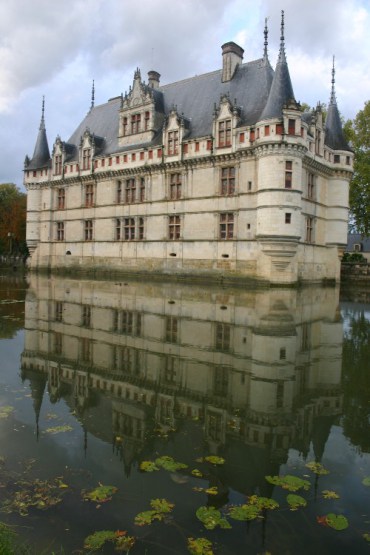

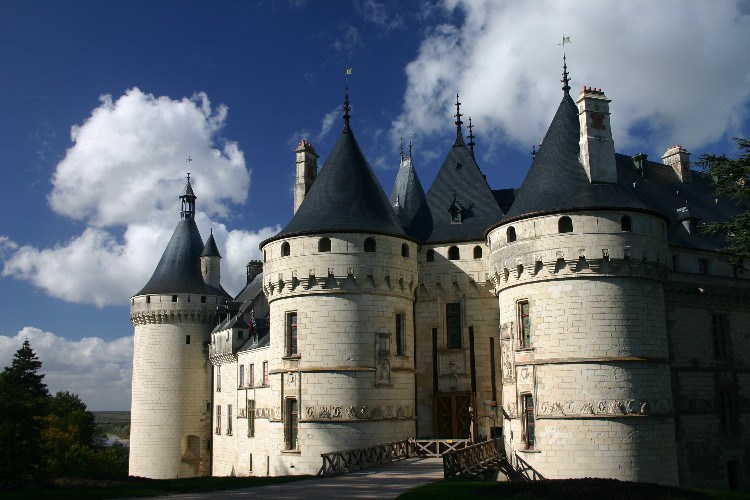
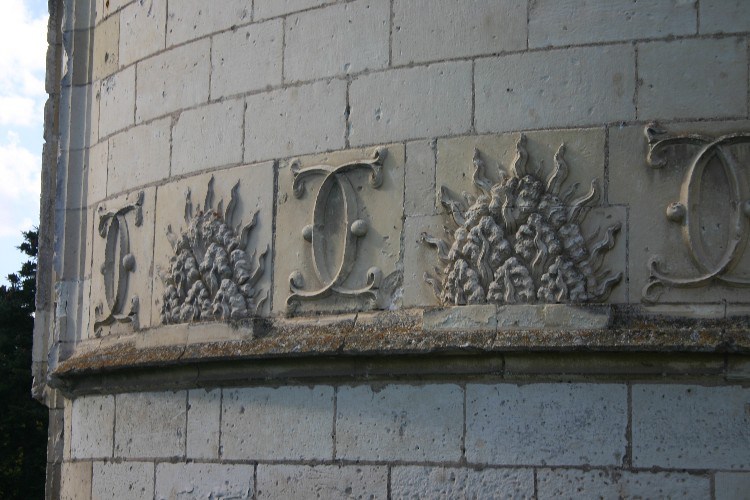





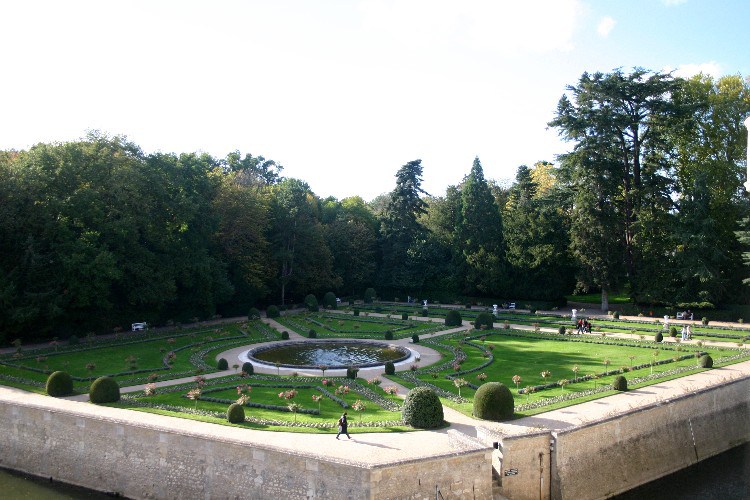
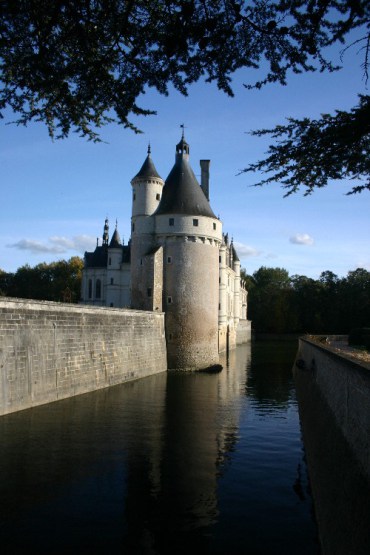
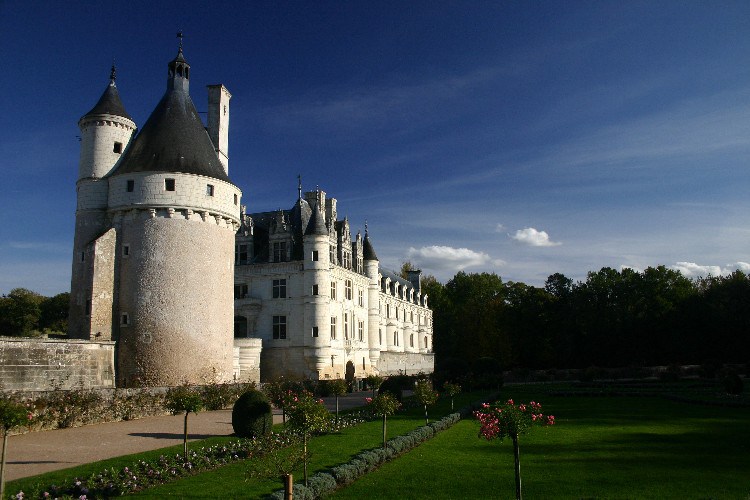
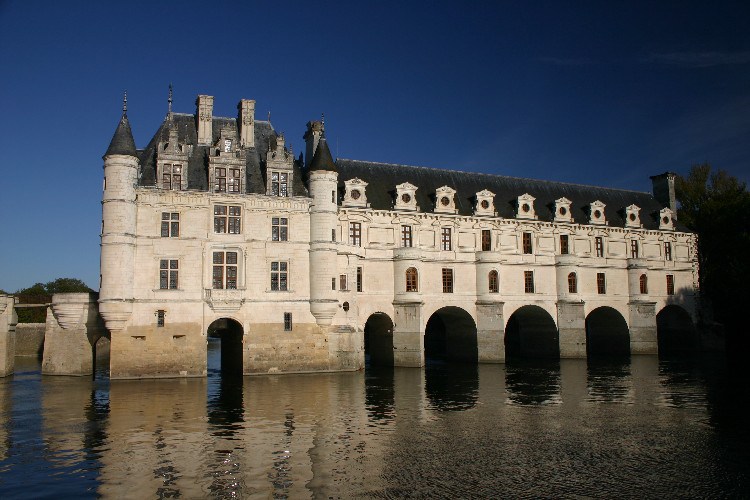

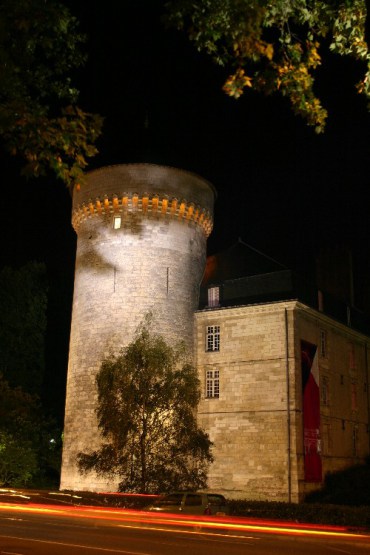
Comments